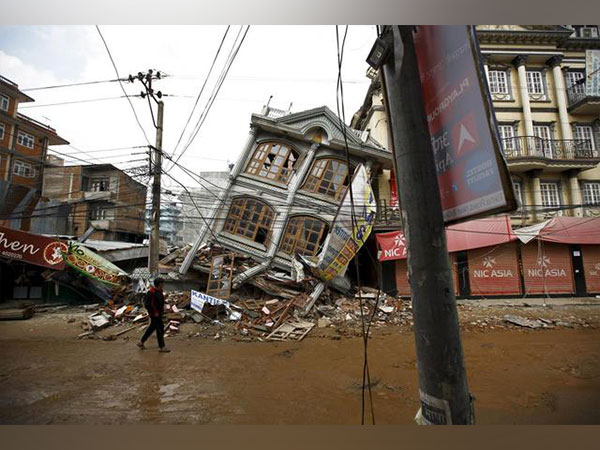
Kathmandu: More than 100 people were killed and dozens injured after a magnitude 6.4 earthquake struck western Nepal on Friday.
The actual number of casualties is likely to rise. Confirmed numbers of deaths and injuries from the isolated areas have not yet been available.
The quake struck just before midnight when many people already were asleep in their homes. Local media footage showed crumbled facades of multi-storied brick houses.
Locals dug through the rubble in the dark to pull survivors from the wreckage of collapsed homes and buildings, according to videos and photos posted on social media.
What do we know about the earthquake?
Nepal's National Earthquake Monitoring & Research Center measured the earthquake at a magnitude of 6.4 and said the epicenter was in Jajarkot, about 400 kilometers (250 miles) northeast of the capital, Kathmandu.
According to the US Geological Survey, the earthquake had a preliminary magnitude of 5.6 and occurred at a depth of 17.9 kilometers (11.1 miles).
The German Research Center for Geosciences (GFZ) pegged the earthquake at a magnitude of 6.2 and depth of 10 kilometers (6.2 miles).
Security forces mobilized to help rescue
Nepalese Prime Minister Pushpa Kamal expressed "his deep sorrow over the human and physical damage caused by the earthquake."
The government deployed security forces to assist in the rescue efforts.
"We have information that there have been human and physical damages in two districts because of the quake, and security forces have been mobilized for rescue work," said home ministry spokesman Nararyan Prasad Bhattarai.
Tremors were felt as far away as New Delhi
The tremors were felt as far as in New Delhi, the capital of India. Videos on the social media platform X, formerly known as Twitter, showed people running into the streets as some buildings were evacuated.
Mountainous Nepal is prone to earthquakes. The Himalayan region, where Nepal is located, is extremely active geologically. The Indian continental plate is shifting beneath the Eurasian plate at a rate of about two centimeters per year, resulting in frequent earthquakes.
A magnitude 7.8 earthquake in 2015 killed about 9,000 people and damaged some 1 million structures.